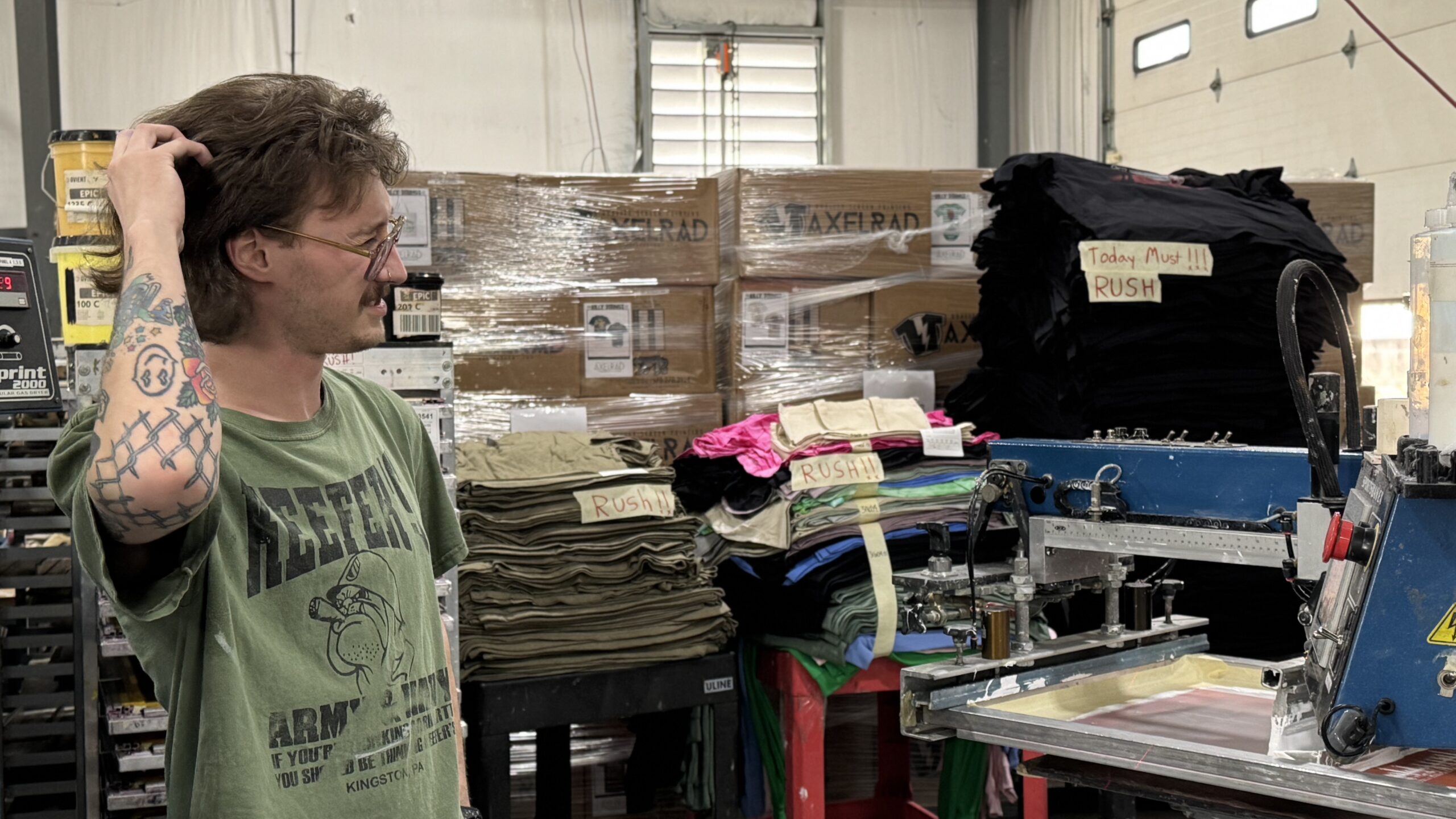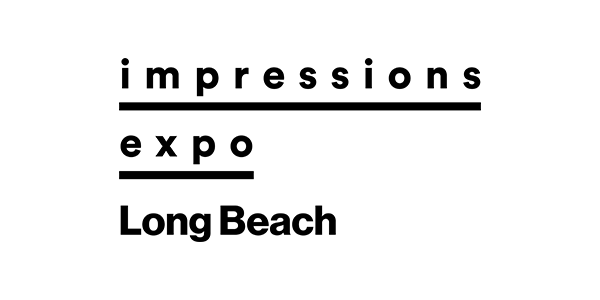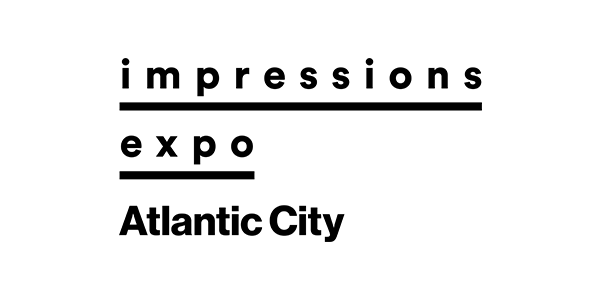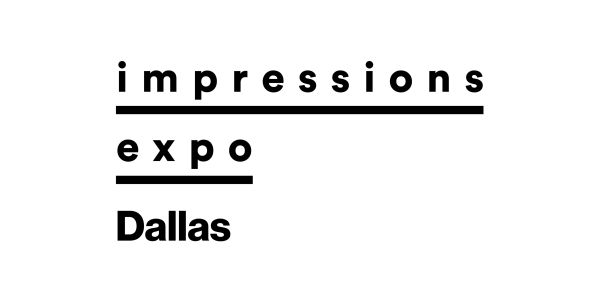There’s more to building a healthy apparel-decorating business than just buying more equipment
Over the last 15 years I’ve grown my shop, Axelrad Screen Printing, (axelradarmy.com) from a two-head tabletop manual press all the way up to seven autos and 45 employees. During that time the most common question I have been asked by someone trying to gauge the shop’s capability is: “How many machines do you have?” For the record, I find this to be an absurdly inaccurate metric, though I understand the point. Still, the question seems strange. I’ve never heard of anyone asking a contractor how many drills they have when getting a quote for a new deck.
I’ve always felt like the seemingly common use of this metric as a starting point for deciphering a shop’s capabilities also offers a hint as to why some shops fail. When someone says, “We’re a 10-auto shop,” I can’t help but think, OK, did you have an initial investor, or did you build the shop one auto at a time? Clearly, one of these two tracks is going to be more stable than the other.
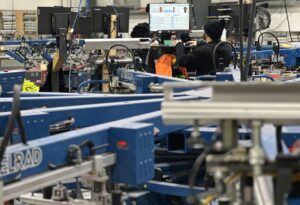
All that spins is not gold! Simply adding more production capacity in the hopes your business will also grow is no way to plan out your company’s future. Photo courtesy of Axelrad Screen Printing
On that basis, I feel like many shops are willing to prematurely invest in machinery as a way of potentially attracting more clients, holding fast to the trusty “if you build it, they will come” approach. Unfortunately, while this philosophy can work, it comes with a lot more risk than building your infrastructure one step at a time. Which brings me to my main point: being financially ready to increase your production capacity by purchasing additional machinery is not a guaranteed indicator you’re ready to grow that way.
Obviously, the financial side of these decisions needs to make sense. But to me, understanding how adding machinery affects the overall workflow of your shop is just as important—and tragically overlooked in all too many cases. For my own part, I adhere to the principle that every time a shop expands the amount of machinery it puts into production, it may gain some percentage of capacity, but it loses a percentage of its overall efficiency as well. It’s unavoidable and must be accounted for when weighing the pros and cons of acquiring new equipment. Not only is this concept written into the basic workings of the natural world, but in economics as well—as the law of diminishing returns.
With this in mind, when acquiring new machinery, the game becomes less about adding capacity and more about increasing or, at the very least, maintaining efficiency. It flips the narrative from proactive to reactive. Consider this: when you finally get that second auto, you’re capable of doing double the work. But when you get a third auto, you’re doing only 50 percent more work overall, and with a fourth auto you’re gaining just 25 percent. Each additional press constitutes a diminished percentage increase to your shop’s overall capacity. So, as you grow, each additional machine inherently has less of an impact on your overall capacities, assuming your overall efficiencies remain constant—something that is by no means a given.
In light of this reality, the following are five things to consider before taking the plunge and buying that auto or that shiny new multihead embroidery machine you’ve been eyeing.
1: Shift into high gear: Consider adding a second shift with your current machinery
If your company is located in a labor market where two shifts are possible, this is always a far more effective alternative to buying more equipment, even as it shifts the problem from being a strictly financial one to one of employee structure and staffing.
That said, turning one machine into two by adding a second shift is a luxury that can only be afforded by those shops in a demographic area where it makes sense. There are shops in metro areas that are moving around the clock; however, there are also shops in small towns that are asleep by 9 p.m. If you’re a smaller shop with one or two machines, having a second crew run a job into the night that was set up at the end of the day shift is a feasible approach. Once you get into having multiple machines moving at night, though, your need for additional management becomes apparent—not to mention having to deal with the added demands on your screen and ink departments as well.
Before you know it, you are taking on the daunting task of staffing the entire shop for a second shift, which can be difficult if not impossible in a highly competitive labor market. It’s important to consider and weigh your options in order to determine whether buying another machine and/or expanding your day shift with another operator or two will, in fact, make more sense in the long run.
2: Capacity Needs: Are you adding machinery to accommodate just your busy season?
While on the topic of employees, before making any investments into new machinery, it’s important to ask yourself: are you currently staffed for your busy season or for your slower months? Whatever your answer, you are bound to run into a problem at some point. The inherently erratic nature of the custom decorated apparel industry is a burden we all share. Before making an investment in either equipment or staff, it’s important to make sure you’re being conscious of how this investment will play out in terms of both your busy and down seasons.
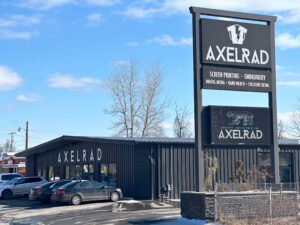
The author’s company didn’t become the size it is today overnight, but grew in stages reflecting the amount of business it’s been able to generate over the years. Photo courtesy of Axelrad Screen Printing
Aa a general rule of thumb, the minimum amount of machinery you need on the slowest month of the year is the actual size of your shop. If you base your growth on your busy seasons, you’ll have machines sitting idle the rest of the year. It’s certainly better to run your machines harder in the busy times. Working on proper scheduling and maximum efficiency with the least amount of equipment you can get away with is imperative. If you’re running two machines now at 50 percent of your capability, adding a third will only exacerbate whatever issues you may already be facing.
Identifying and solving any and all of the issues that may be preventing your current machines from running with full efficiency is the key to having confidence in expanding. If buying more equipment feels more like a risk than a no brainer, it’s probably because of efficiency issues, in which case you don’t really need it. You might find it surprising how much you can increase your capacity with the equipment you already have simply by adjusting the processes around them. Think things like kitting, better and faster screen prep, press setups or any other bottlenecks your shop may be experiencing. If the press ain’t running, it ain’t makin’ money! In my experience, a lot of shops bypass this kind of analysis, probably because in many cases it’s harder to do than taking out a loan for a new piece of equipment.
3: Words talk, numbers scream: Measure your output, control your metrics and use numbers to inform your decisions
Having the processes in place to measure your current output and machine efficiency is of paramount importance before growing your infrastructure. If you cannot yet look at an accurate data sheet of what your machine, or machines are currently producing then maybe it’s not yet the time to buy another one. Sure, you can buy another, but you won’t have any way to judge its effectiveness or return on investment. For anyone planning on growing their business in a healthy manner, you’re going to want to make sure you’re doing this accurately at every step from the very beginning. It’s not hard keeping track of these kinds of things when working at lower production capacities. But as you start to expand it 1) gets harder and harder to doing so and 2) become exponentially harder trying to go back and retroactively get a clear idea of your original baseline.
4: Rule your mind or it will rule you: Don’t grow just to say you did
Oftentimes, the allure of appearing successful can cloud one’s judgment. Be careful you aren’t expanding just to say you did, or to create the illusion of growth for the sake of impressing either your competitors, or your family and friends. Sometimes just having the necessary tools on hand will make you feel like you can do the job. However, there’s a lot more to running a successful business than just investing in a bunch of new gear. It’s important to be conscious of the natural influence our egos can have on us as we make business decisions. Growing too fast is a sure way of growing yourself out of business. Exercising restraint and patience is key when it comes to expansion. Be honest with yourself. Is this really the right time, or do you just want it to be?
5: To thine own self be true, navigating industry trends: Define who you are and only invest in the trends that suit your needs and goals
In the decorated apparel industry, it seems like every three to five years there is a tectonic shift in the industry due to the emergence of some kind of new technology; however, investing into industry trends is always going to be a risk. When new technologies emerge, it’s important to be able to decide whether or not you should be investing or let it pass and try and weather the storm. There are areas in life where the natural world rewards impulsivity, but in my experience, the decorated apparel business is not one of them.
As your business grows, it is important to identify and develop the niche it occupies in the industry. No one can specialize in everything, and if you don’t know what your specialty is you’ll fall for anything. It’s important to know who you are as a business and where you’re going at all times. That way, as new industry trends emerge, you can make informed decisions as so whether or not a particular new technology is pertinent to your overall goal.
One of the thrills of our profession is the pressure to constantly evolve, not just technologically but creatively. That said, because our ever-evolving industry can be overwhelming as well, it’s crucial to be mindful of those foundational aspects of the business that never change no matter what the equipment you may be using: quality work, excellent customer service and an honest work environment. These are things that remain the same irrespective of whatever else may be going on in the world. Getting the basics right will make deciding whether or not to expand a lot less scary.
Dennis Condusta currently serves as the production manager at Axelrad Screen Printing in Wilkes-Barre, Pennsylvania (axelradarmy.com). In addition to screen-printing, Axelrad provides a host of other services, including embroidery and design. Condusta is also a regular Impressions Expo conference series presenter.

